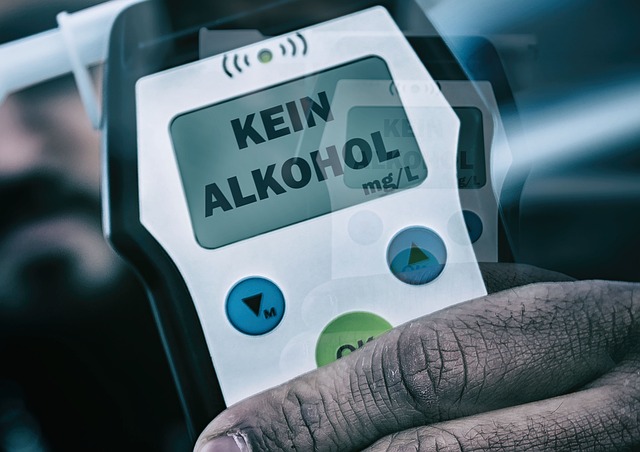Breath Alcohol Testing (BAL) is a key tool in combating driving under the influence (DUI), helping to deter such behavior through BAC analysis. Accurate BAL test results are crucial for both building performance and legal compliance, as they can prevent disputes related to DUI's. High BAC levels can severely impact employment prospects, especially in safety-critical sectors, due to potential fines and licensing restrictions. Employers often reject applicants with DUI history. Therefore, ensuring reliable BAL test outcomes is vital to support individuals facing the dual challenges of DUI consequences and employment opportunities, particularly in early careers within safety-focused industries.
In today’s world, understanding the implications of Drunk Driving (DUI) goes beyond legal consequences. The impact of DUI extends to employment prospects, often creating a significant barrier to professional opportunities. This article delves into the crucial aspect of Breath Alcohol Testing (BAL) and its role in ensuring accurate results. We explore the process, its purpose, and how best practices can mitigate potential biases, emphasizing the importance of precise BAL testing in navigating the challenges posed by DUI’s impact on employment.
- Understanding BAL Testing: The Process and Its Purpose
- The Impact of DUI on Employment Prospects
- Ensuring Accurate Results: Best Practices for BAL Testing
Understanding BAL Testing: The Process and Its Purpose

BAL testing, or Breath Alcohol Testing, is a critical process designed to accurately measure an individual’s blood alcohol content (BAC). This method is particularly relevant when it comes to understanding the impact of DUI (Driving Under the Influence) on employment prospects. The primary purpose of BAL testing is to ensure safety on roads by deterring individuals from operating vehicles while under the influence of alcohol or drugs.
The process involves a simple procedure where an individual provides a breath sample, which is then analyzed to determine the BAC. This testing is often employed during law enforcement interactions, especially in cases of suspected DUI. Accurate BAL results are paramount as they can significantly impact employment opportunities. A high BAC can lead to legal consequences, including fines and licensing restrictions, which may hinder an individual’s ability to secure or retain employment, particularly in professions where safety is a top priority like transportation or healthcare.
The Impact of DUI on Employment Prospects

DUI convictions can significantly impact an individual’s employment prospects, creating a web of challenges that extend beyond legal repercussions. Many employers conduct background checks as part of their hiring process, and a DUI on one’s record may lead to automatic disqualification or a deeper scrutiny. This is particularly true for roles involving heavy machinery operation, transportation, or positions where safety is paramount, as employers prioritize candidates with pristine driving histories.
The consequences can be more profound for those in the early stages of their careers. A DUI could set back career growth, making it harder to secure promotions or gain access to specialized industries. Additionally, the legal fees and potential license suspensions associated with DUI cases can add financial strain, further complicating an individual’s ability to maintain employment or pursue new opportunities. As such, addressing DUI’s impact on employment is crucial for supporting those facing these dual challenges.
Ensuring Accurate Results: Best Practices for BAL Testing

Ensuring accurate results in Building Air Leakage (BAL) testing is paramount, especially considering the significant implications for both building performance and legal compliance. When conducting BAL tests, adhering to best practices is crucial to obtain reliable data. One of the key aspects is using calibrated equipment and maintaining its accuracy. Regular calibration and routine maintenance checks ensure that measurement devices like manometers and anemometers function optimally, providing precise readings.
Another essential practice involves preparing the test area thoroughly. This includes sealing all gaps and openings, ensuring no external influences compromise the test environment. Proper isolation and control of factors such as temperature, humidity, and wind can significantly impact leakage rates. Moreover, training and certification for testers are vital to guarantee consistent and accurate assessments. By following these best practices, BAL testing becomes a more dependable process, ultimately helping to mitigate potential DUI’s (disputes over inaccurate results) and ensuring compliance with building standards and regulations.
BAL testing is crucial in accurately determining alcohol levels, especially with the significant impact of DUI’s on employment prospects. By understanding the process and implementing best practices, we can ensure fair outcomes that prevent wrongful consequences. This not only protects individuals’ rights but also contributes to a safer work environment for all.






